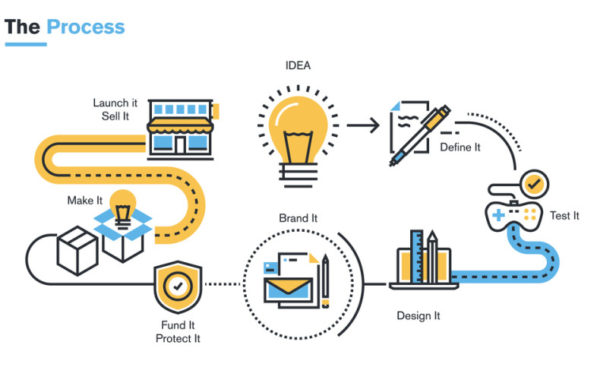The business landscape is continually evolving, demanding companies to be innovative and customer-centric to maintain a competitive edge. One of the most potent strategies for achieving this is through hyper-personalization, an art that AI has mastered to perfection.

Hyper-personalization involves leveraging customer data to create highly tailored experiences. By mining and analyzing data from various sources, businesses can deliver personalized content, products, and services that resonate with individual customers. AI plays a crucial role in this process, enabling companies to harness vast amounts of customer data effectively.
Understanding Hyper-Personalization
Thanks to advancements in big data and machine learning, companies can now gather and process copious amounts of data, providing valuable insights into their customers’ preferences. When coupled with AI capabilities, businesses can craft hyper-personalized experiences that feel tailor-made for each individual.
The Benefits of Hyper-Personalization
Hyper-personalization goes beyond improving customer experience; it fosters loyalty and trust. By creating an emotional connection through personalized interactions, customers are more likely to remain loyal to the brand. Furthermore, targeted marketing campaigns built on AI predictions can enhance brand awareness through positive word-of-mouth.
The Power of Hyper-Personalization
The potential of hyper-personalization is immense, but it requires businesses to invest in data analytics and AI-powered tools to reap the benefits fully. As AI continues to evolve, its capabilities in delivering hyper-personalization will only grow. Therefore, it is crucial for companies to stay ahead of the curve by embracing AI’s potential and integrating it into their strategies.
Incorporating AI-powered hyper-personalization can revolutionize the way businesses interact with customers and create long-lasting connections. By utilizing customer data effectively, companies can deliver experiences that stand out in today’s competitive market. Embracing AI-driven hyper-personalization is not just an option; it’s a necessity for businesses looking to thrive in the dynamic world of tomorrow.
If you’re ready to take your marketing strategies to the next level, contact Colure Media, a leading NYC branding and digital advertising agency. Whether you need assistance with social media marketing, influencer marketing, or building your next mobile app project, our expert marketing consulting services are here to elevate your brand in the bustling landscape of New York.













![Advertising Budgets 2016: 4 Trends You Need To Know [Infographic]](https://www.mdgadvertising.com/blog/wp-content/uploads/2015/09/2016_Advertising_Trends_1000_compressed.jpg)